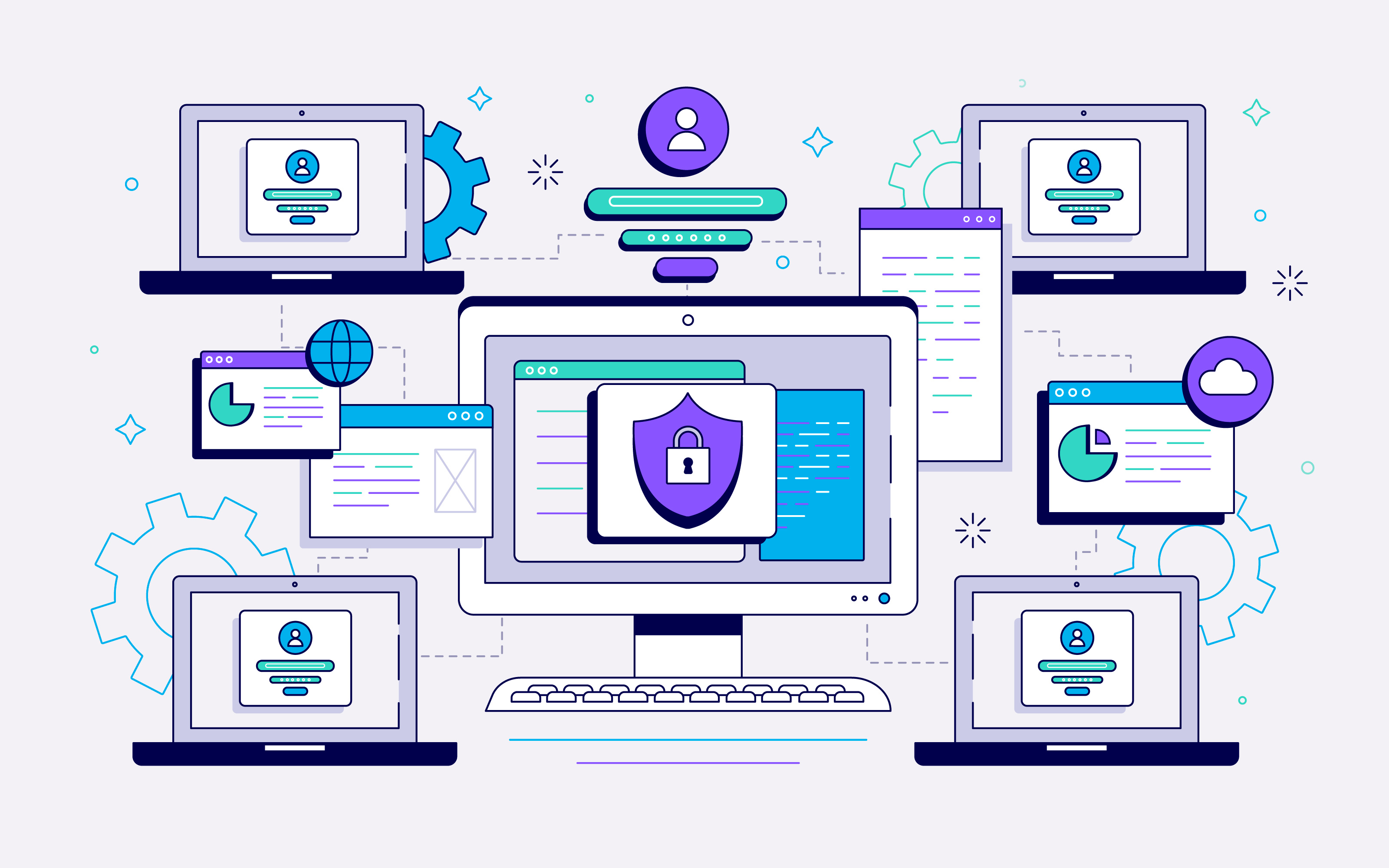Security is moving earlier in the development lifecycle. The "Shift Left" approach emphasizes integrating security from the initial stages of design and coding, rather than waiting until testing or deployment. This means security tools like static application security testing (SAST) and software composition analysis (SCA) are embedded into CI/CD pipelines, enabling developers to catch vulnerabilities as they code.
Staying Ahead of Threats:
The Latest Security Practices in Software
Development
In today’s fast-evolving digital landscape, security is no longer just a backend concern — it’s a critical aspect of software development from start to finish. As cyber threats grow more sophisticated, developers and organizations must continuously adapt and integrate the latest security practices to protect their code, systems, and users.
Lets take a look at the top security practices shaping modern software development:

Shift Left Security
Zero Trust Architecture
Gone are the days when perimeter-based defenses were enough. Zero Trust assumes no part of your system is inherently safe. Every user, device, and application must be authenticated and continuously validated. In 2025, implementing Zero Trust is becoming the standard — with identity-first security, micro-segmentation, and strong encryption playing central roles.
SBOM (Software Bill of Materials)
With the growing use of open-source and third-party libraries, having a complete Software Bill of Materials is essential. An SBOM lists all components used in a software product, making it easier to identify vulnerable packages quickly when a new threat like Log4Shell or Heartbleed emerges. Regulatory bodies are now starting to mandate SBOMs for compliance in many industries.
AI-Powered Threat Detection
Artificial intelligence and machine learning are now being integrated into security monitoring tools to detect anomalies, predict potential threats, and automate responses. These systems can sift through millions of logs and detect patterns that humans might miss — significantly improving incident response times.
Secure by Design
More teams are embracing a “secure by design” philosophy — building security into the DNA of applications. This involves threat modeling, secure coding standards (like OWASP's Secure Coding Practices), and regular security reviews at every stage of development.
Enhanced Secrets Management
Hardcoding API keys, passwords, or other secrets into code is a major vulnerability. Developers are now leveraging secrets management platforms like HashiCorp Vault, AWS Secrets Manager, and Azure Key Vault to securely store and rotate credentials. Git hooks and scanners like GitGuardian help prevent secrets from leaking into repositories.
Developer Security Training
Human error remains one of the biggest risks. Regular, role-specific security training ensures developers stay aware of the latest vulnerabilities and how to avoid them. Interactive platforms like Secure Code Warrior and HackEDU are making this training more accessible and engaging.
Secure Coding Best Practices | Application Security
Security is a moving target, and staying informed is just as important as writing good code. The best defense is a proactive one — by adopting these practices, development teams not only reduce risk but also build trust with their users.
Secure software isn’t just a goal; it’s a baseline expectation.by: Felipe Avella
Comments(3)
Great content. I'd add that regular pen testing is still a must, even with all these modern tools in place.
The section on Zero Trust is spot-on. We've been transitioning to that model for the past year, and while it’s a challenge, the security payoff is worth it.
Solid overview of current best practices. I especially liked the mention of SBOMs — too many teams still underestimate how important transparency in dependencies is.